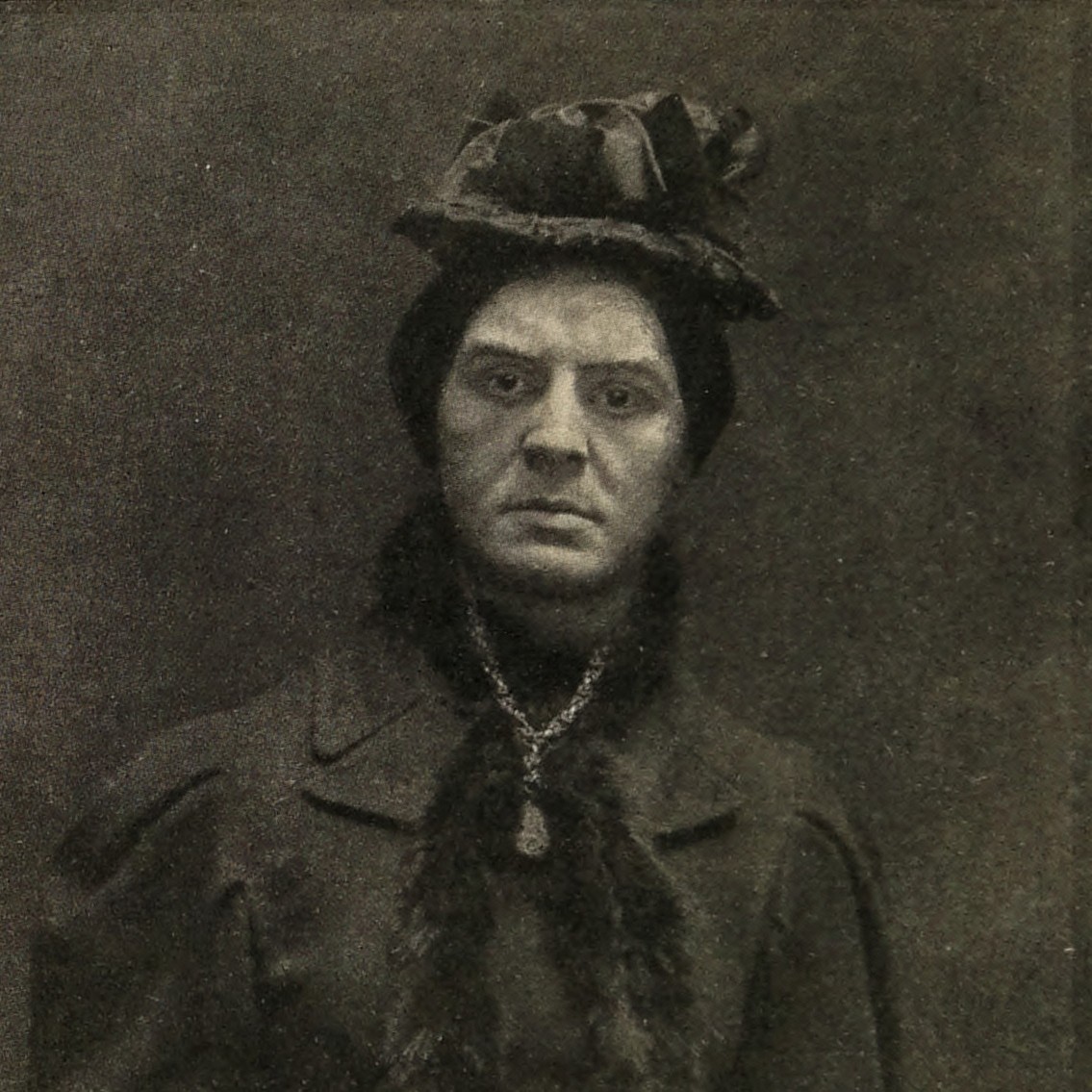
d: 1879
Kate Webster
Summary
Name:
Kate WebsterNickname:
Catherine Webster / Gibbs / Gibbons / Lawler / WebbYears Active:
1879Status:
ExecutedClass:
MurdererVictims:
1Method:
Strangulation / DismembermentDeath:
July 29, 1879Nationality:
Ireland
d: 1879
Kate Webster
Summary: Murderer
Name:
Kate WebsterNickname:
Catherine Webster / Gibbs / Gibbons / Lawler / WebbStatus:
ExecutedVictims:
1Method:
Strangulation / DismembermentNationality:
IrelandDeath:
July 29, 1879Years Active:
1879Date Convicted:
July 9, 1879bio
Kate Webster, born Kate Lawler around 1849 in Killanne, County Wexford, Ireland, grew up in a poor rural family. Her early life was marked by hardship and brushes with the law; she was imprisoned for larceny at just 15 years old. Seeking a fresh start, she moved to England in 1867 but quickly re-offended, receiving a four-year sentence for theft in Liverpool in 1868.
Upon her release, she attempted to rebuild her life, moving around London and adopting various aliases. In 1874, she gave birth to a son, John Webster, whose paternity remains uncertain. Webster struggled financially, often turning to petty theft to survive. Her criminal behavior led to multiple imprisonments, including an 18-month sentence in 1875 and another 12 months in 1877.
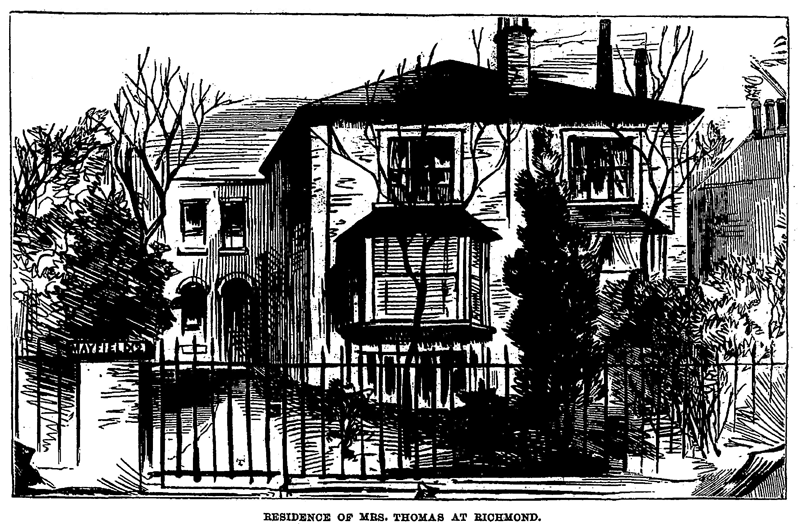
By 1879, desperate for stability, Webster found work as a maid for Julia Martha Thomas, a 54-year-old widow living in Richmond, London. Their relationship was strained from the start, Thomas was strict and difficult to please, while Webster resented the criticism and lack of trust. Just a month after being hired, Webster was informed that her employment would be terminated.
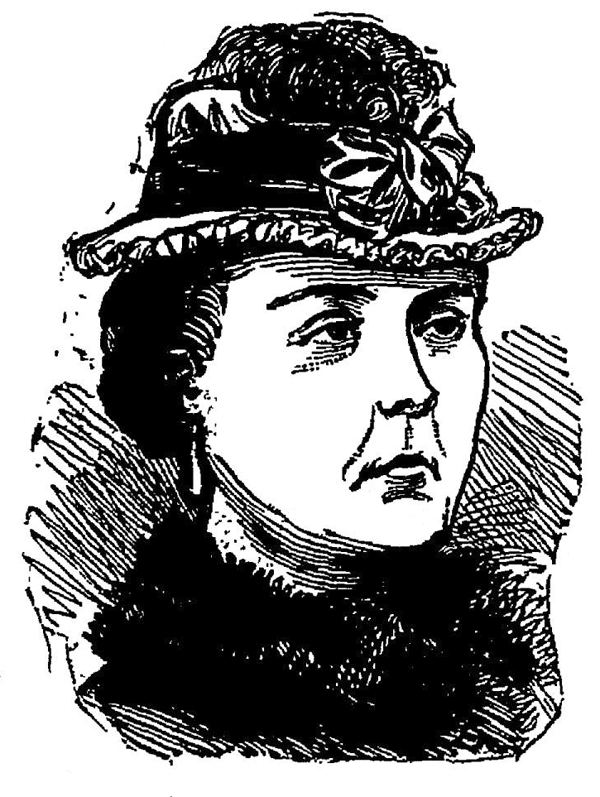
murder story
On March 2, 1879, tensions between Kate Webster and Julia Martha Thomas exploded into violence. That evening, after returning late from her half-day off, Webster quarreled with Thomas. In a fit of rage, she threw Thomas down the stairs, then strangled her to stop her from screaming. Realizing what she had done, Webster panicked and decided to dispose of the body in a gruesome manner.
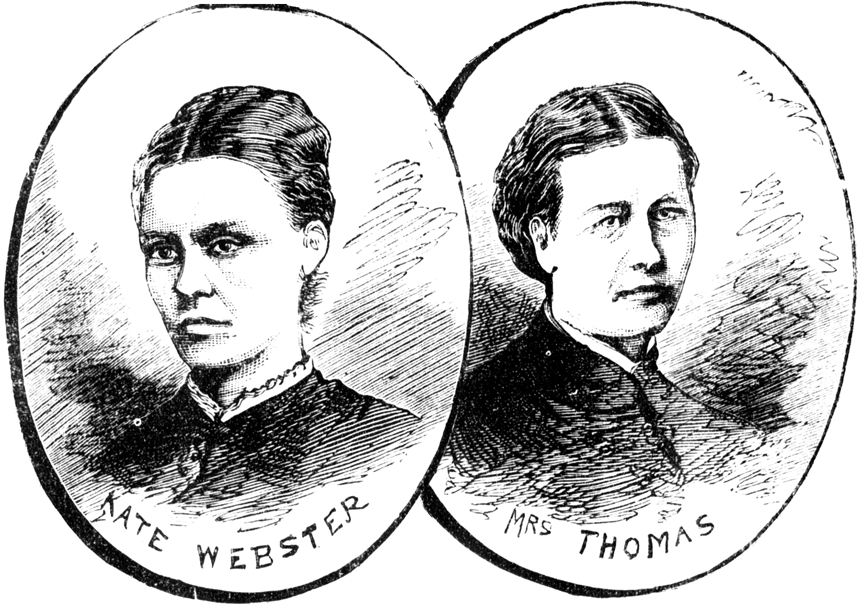
Over the next two days, she dismembered Thomas’s body with a razor, carving knife, and saw. She boiled the flesh off the bones in a laundry copper, burned remains in the fireplace, and packed other parts into bags. Some of the remains were thrown into the River Thames, while a foot was discarded in a rubbish heap. The head was hidden beneath stables near Thomas’s house—remaining undiscovered until 2010.
In the days following the murder, Webster impersonated Thomas, wearing her clothes and attempting to sell her furniture. She even lured a neighbor’s son to help her dispose of a trunk containing body parts, which was later found washed up on the riverbank. Suspicion quickly grew, and Webster fled to Ireland but was tracked down and arrested on March 29, 1879.
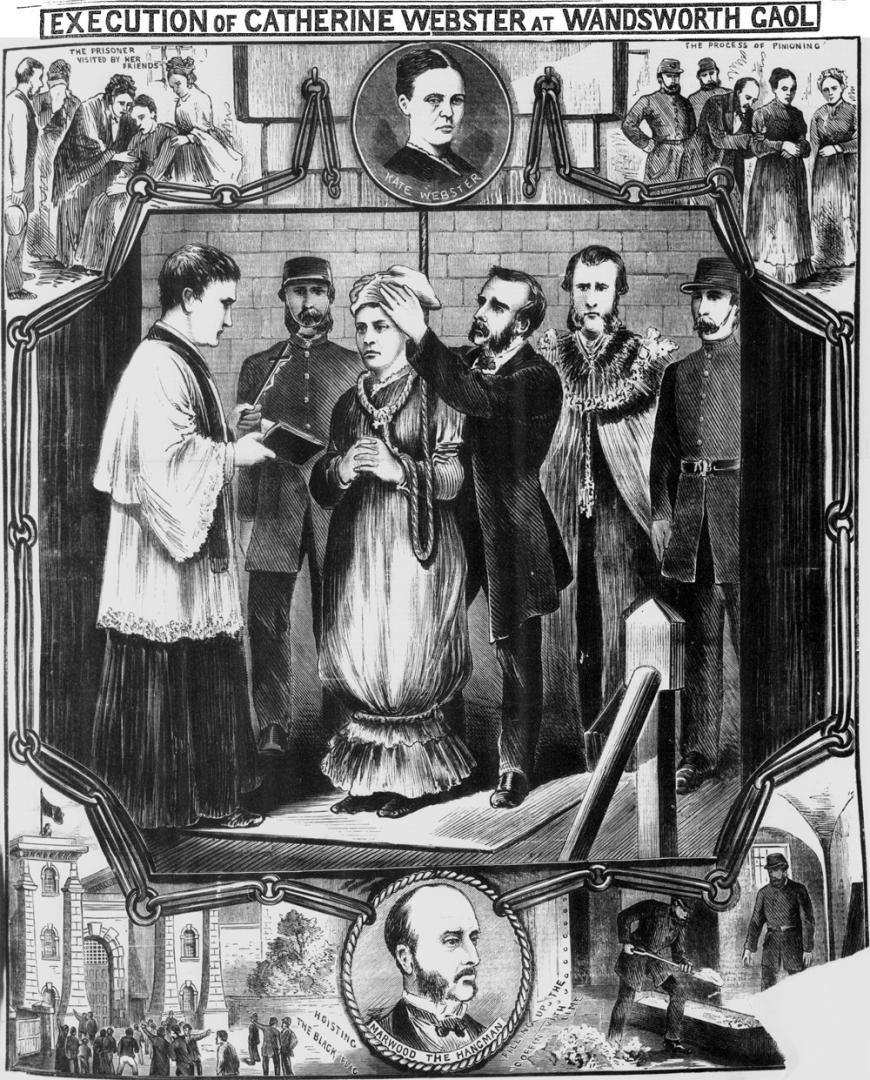
Her trial at the Old Bailey drew massive public attention. Despite her attempts to implicate others and even feign pregnancy to avoid execution, the jury found her guilty of murder after only an hour of deliberation. Kate Webster was hanged at Wandsworth Prison on July 29, 1879, with crowds cheering outside.
The case became infamous in Victorian England, remembered for its brutality and its social implications—an Irish maid violently rebelling against her middle-class employer. Decades later, part of Julia Thomas’s skull was discovered, finally resolving a 130-year mystery surrounding the victim’s remains.